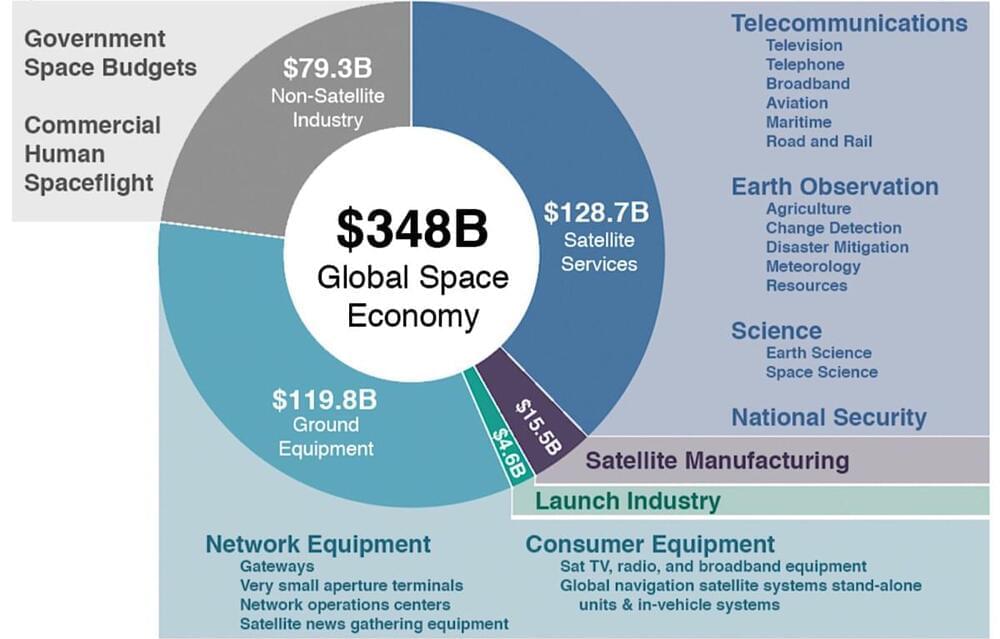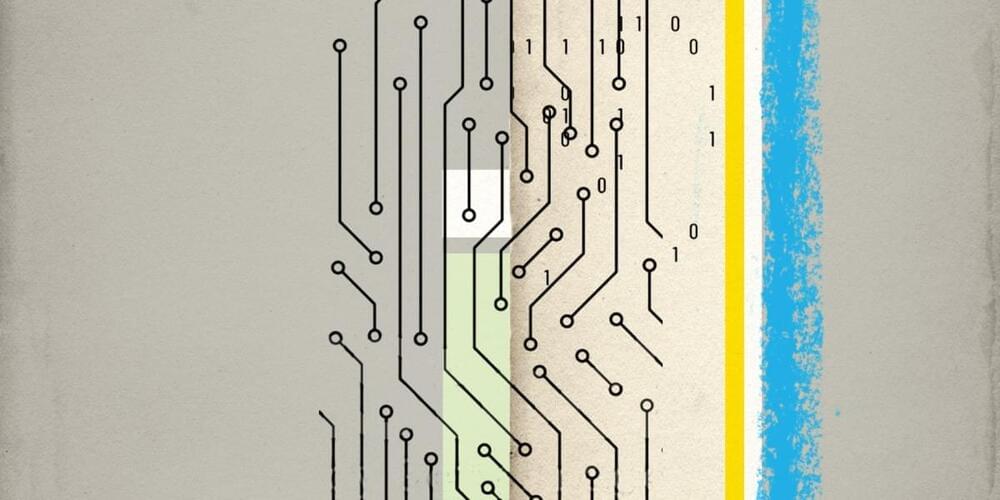2022 is set to be a major year for the space economy. According to the Space Foundation, 15 new launch vehicles are set to debut this year, more than any other year in space history. Last year, US spaceports had more launches than any year since 1967, and the number is climbing. Meanwhile, employment in the core US space industry employment is at a 10-year high.
The momentum is there for a flourishing space economy that, according to NASA leaders, could in 20 years take public and private missions beyond low Earth orbit (LEO), with services and infrastructure on the lunar surface and in cislunar space. It’s a fast-growing economy, NASA leaders said at the 37th Space Symposium, that offers promising opportunities for young people who want to get their foot in the door.
The space economy is already a $400 billion industry “and on the way to $1 trillion, and I suspect it’ll get there faster than we think,” James Reuter, associate administrator for the Space Technology Mission Directorate (STMD) at NASA, said during a panel this week at the 37th Space Symposium in Colorado Springs.








